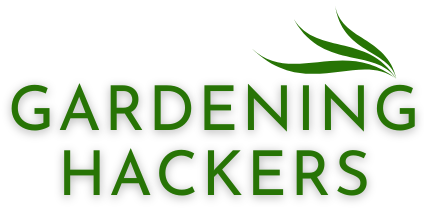Troubleshooting Common Garden Problems: Pest Control and Disease Management
Introduction:
A thriving garden is a thing of beauty, but it's not without its challenges. From pesky pests to relentless diseases, every gardener encounters obstacles along the way. However, armed with knowledge and a proactive approach, you can effectively troubleshoot and overcome common garden problems. In this article, we'll delve into the world of pest control and disease management, equipping you with the tools and techniques to keep your garden healthy and thriving.
Identifying Common Garden Pests:
To combat pests effectively, it's crucial to identify them correctly. We'll explore some of the most common garden pests, such as aphids, slugs, snails, caterpillars, and beetles. Learn how to recognize the signs of infestation and distinguish between beneficial insects and harmful pests.
Natural Pest Control Methods:
Embracing organic and eco-friendly pest control methods is not only better for the environment but also safer for beneficial insects, animals, and humans. Discover a range of natural solutions, including companion planting, introducing beneficial insects, using physical barriers, and making homemade organic sprays. These methods effectively deter pests without harmful chemicals.
Dealing with Garden Diseases:
Diseases can wreak havoc on plants, causing wilting, yellowing leaves, and stunted growth. We'll discuss common garden diseases like powdery mildew, blight, rust, and fungal infections. Explore preventive measures such as proper sanitation, crop rotation, and watering techniques to minimize the risk of disease.
Organic Disease Management:
When faced with garden diseases, organic disease management is key. We'll explore natural strategies to control and prevent diseases, such as promoting good air circulation, practicing proper pruning and plant spacing, using disease-resistant plant varieties, and employing organic fungicides and treatments.
Integrated Pest Management (IPM):
Integrated Pest Management is a holistic approach that combines various strategies to minimize pest damage while minimizing environmental impact. Discover the principles of IPM, including monitoring and scouting for pests, using cultural practices, employing biological controls, and resorting to chemical controls as a last resort.
Nurturing Garden Health:
Maintaining a healthy garden is the best defense against pests and diseases. We'll discuss essential practices for overall garden health, such as providing proper nutrition, adequate watering, soil improvement, and regular maintenance. A healthy garden is more resilient and better equipped to withstand and recover from pest and disease attacks.
Sustainable Pest and Disease Management:
As responsible gardeners, it's essential to prioritize sustainability in our pest and disease management practices. We'll explore eco-friendly approaches, including water-wise gardening, promoting biodiversity, using organic fertilizers, and practicing proper waste management. By adopting sustainable practices, we contribute to the long-term health and balance of our gardens and the environment.
Conclusion:
With the knowledge and techniques gained from this article, you are now equipped to tackle common garden problems related to pests and diseases. By identifying pests, embracing natural pest control methods, managing diseases organically, and prioritizing garden health, you can maintain a thriving and resilient garden. Remember, gardening is a journey, and troubleshooting challenges is part of the adventure. Embrace the opportunity to learn, adapt, and grow as a gardener, and watch your garden flourish with vitality and beauty. Happy gardening!
RELATED ARTICLES:





